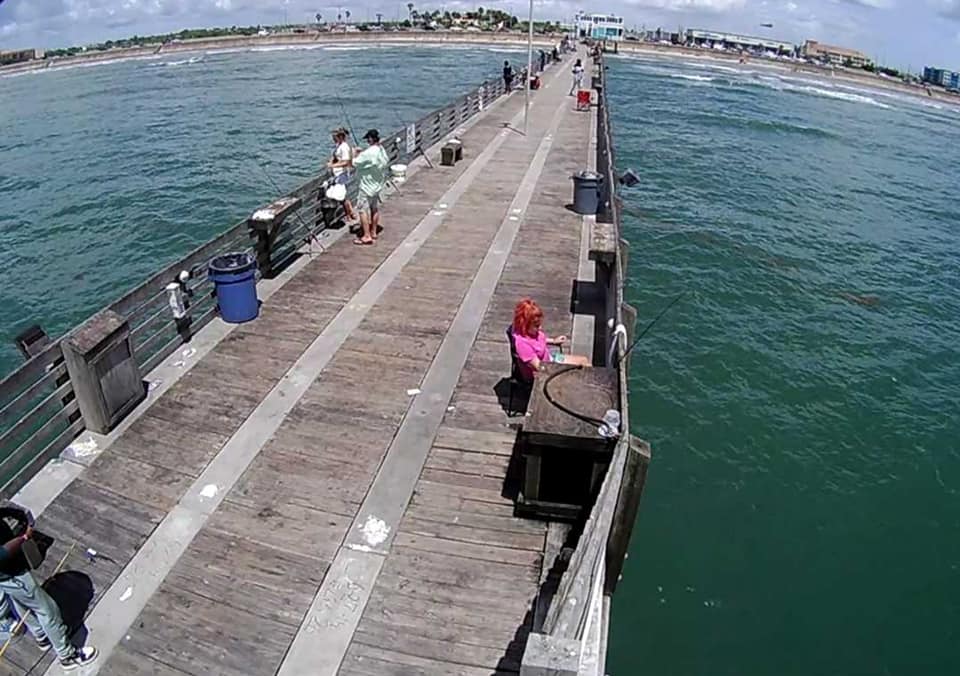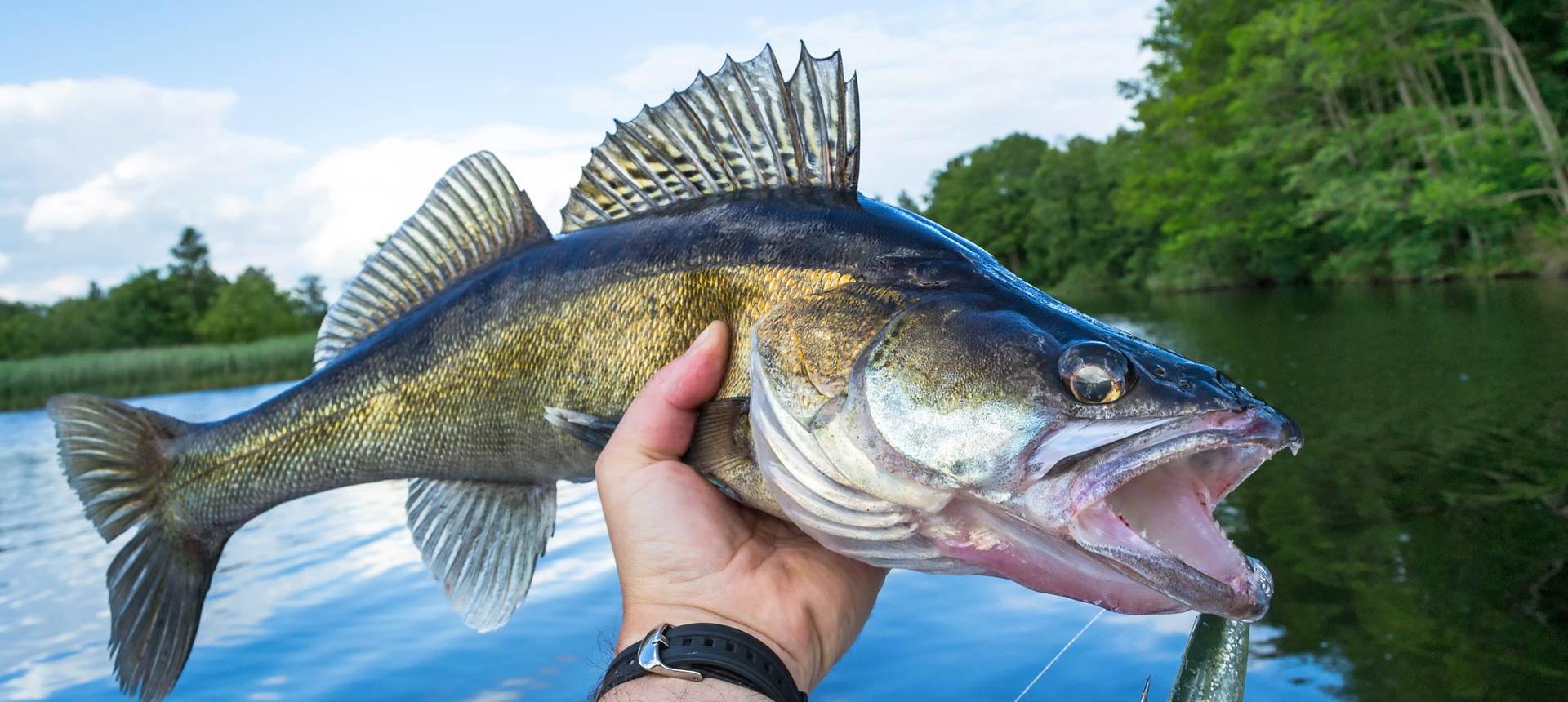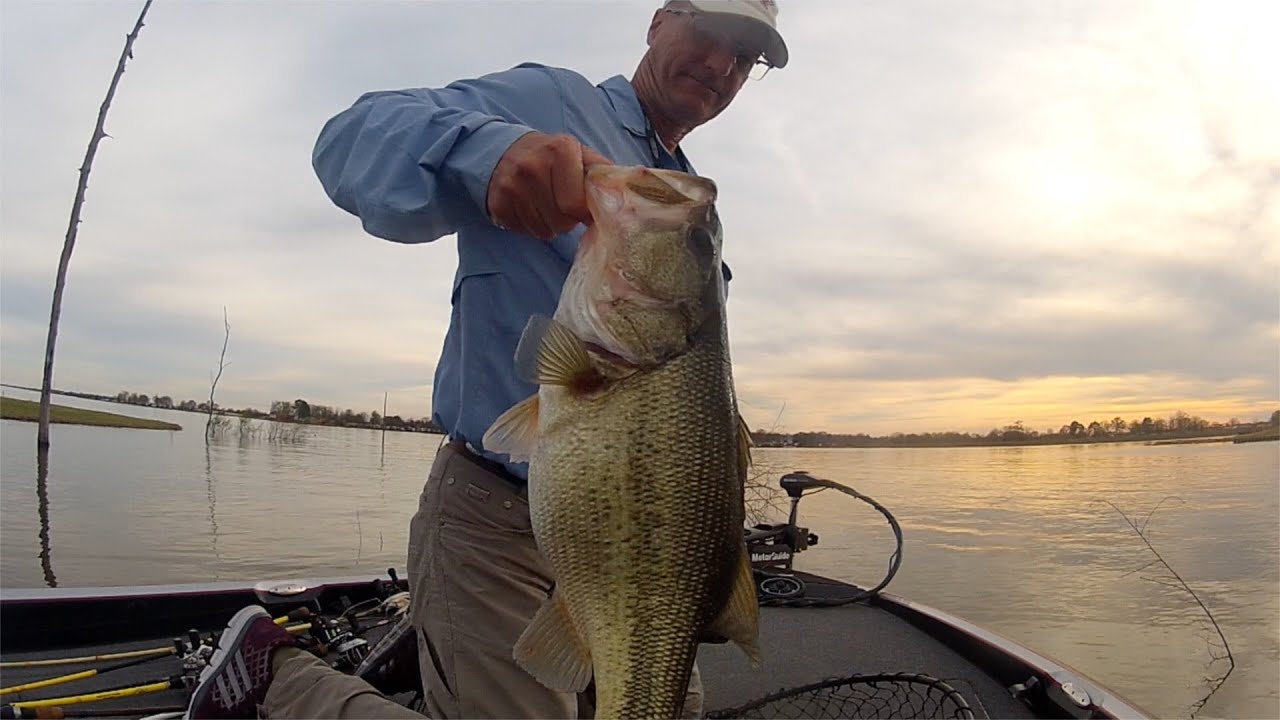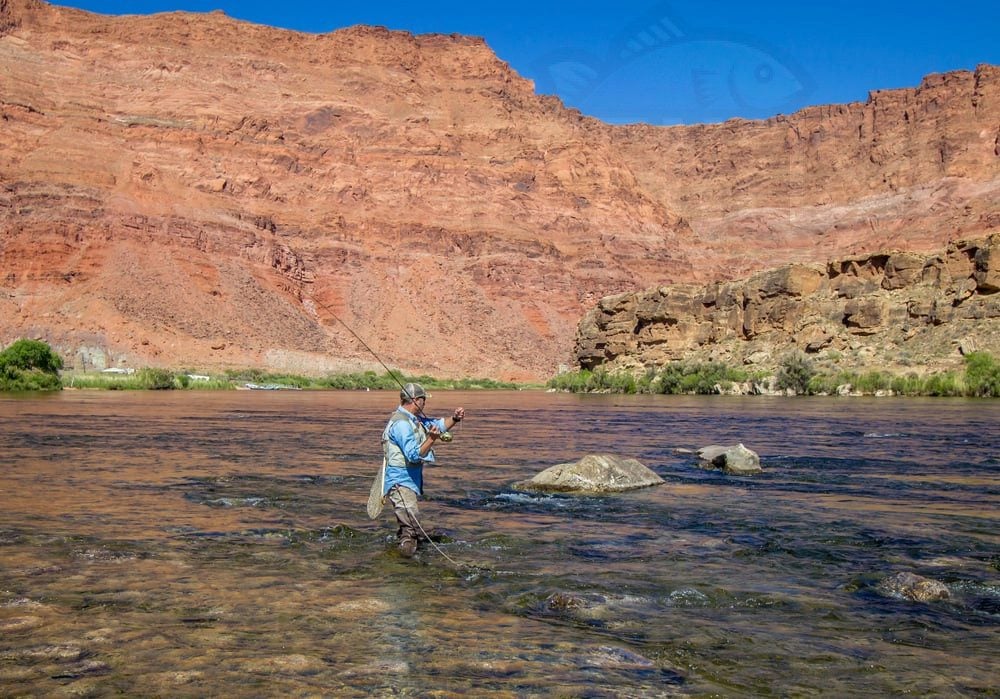Amid Arizona’s iconic saguaro cacti and sun-baked landscapes lies a well-kept secret: world-class fishing opportunities in desert lakes that rival those of more celebrated fishing destinations. These man-made reservoirs, nestled within stunning desert scenery, offer anglers an extraordinary combination of diverse fish populations, year-round fishing seasons, and breathtaking surroundings that can’t be found anywhere else in America.
What makes these desert oases so special is the surprising contrast between their arid surroundings and the thriving aquatic ecosystems within. From trophy bass that grow to record sizes in the warm, nutrient-rich waters to the unexpected presence of cold-water species like trout, Arizona’s desert lakes represent a fishing paradise hiding in plain sight.
Top Desert Fishing Destinations in Arizona
Arizona’s desert region contains several premier fishing lakes, each with its own unique characteristics and fishing opportunities:
Roosevelt Lake stands as Arizona’s largest reservoir within state borders, covering approximately 21,500 surface acres when full. Located in the Tonto National Forest, this massive impoundment on the Salt River is renowned for producing the state record largemouth bass weighing an impressive 16 pounds 7.68 ounces. The lake’s extensive brush, submerged trees, and rocky structures create ideal habitats for trophy bass fishing.
Lake Havasu spans the border between Arizona and California, offering over 60 miles of fishable shoreline. This desert gem is recognized as one of the best smallmouth bass fisheries in the country, while also supporting healthy populations of largemouth bass, striped bass, and panfish. The lake’s crystal-clear waters allow for exciting sight fishing opportunities rarely found in desert environments.
Saguaro Lake, nicknamed “Land of the Giants” by local anglers, is the closest major reservoir to Phoenix. Despite its relatively small size (1,200 acres), Saguaro produces trophy-sized bass regularly. The lake’s dramatic canyon walls and abundant saguaro cacti provide a stunning backdrop for anglers pursuing bass, catfish, and crappie.
Lake Pleasant, located just northwest of Phoenix, offers excellent fishing for striped bass, largemouth bass, and white bass. This 10,000-acre reservoir features numerous coves and inlets that provide ideal fishing spots throughout the year, making it particularly popular among weekend anglers from the Phoenix metro area.
Canyon Lake, the smallest of the Salt River reservoirs at 950 acres, makes up for its size with spectacular scenery and excellent fishing opportunities. The steep canyon walls and underwater structure provide prime habitat for bass and other game fish, while the intimate setting allows anglers to explore the entire lake in a single day.
| Lake | Size (acres) | Primary Species | Best Season | Notable Features |
|---|---|---|---|---|
| Roosevelt Lake | 21,500 | Largemouth bass, crappie, catfish | Year-round | State record largemouth bass |
| Lake Havasu | 19,300 | Smallmouth bass, largemouth bass, striped bass | Winter, spring | Clear water, excellent sight fishing |
| Saguaro Lake | 1,200 | Largemouth bass, yellow bass, crappie | Spring, fall | Canyon setting, “Land of the Giants” |
| Lake Pleasant | 10,000 | Striped bass, largemouth bass, white bass | Winter, spring | Numerous coves and inlets |
| Canyon Lake | 950 | Largemouth bass, rainbow trout, walleye | Fall, winter | Dramatic scenery, intimate fishing |
Fish Species Diversity in Desert Waters
The diversity of fish species thriving in Arizona’s desert lakes surprises many first-time visitors. These waters support both cold and warm-water species, creating year-round fishing opportunities regardless of seasonal changes.
Bass fishing dominates Arizona’s desert lake scene. Largemouth bass grow to trophy sizes in the nutrient-rich, warm waters, with Roosevelt Lake producing the state record of over 16 pounds. Smallmouth bass thrive in the clearer waters of lakes like Havasu, where the rocky substrate and adequate forage base support healthy populations. Many professional bass tournaments are held on Arizona’s desert lakes, highlighting their national significance as bass fisheries.
Catfish varieties provide excellent sport and table fare. Channel catfish are abundant in most desert lakes, with flathead catfish reaching weights exceeding 70 pounds in Roosevelt Lake. These nocturnal predators are particularly active during the warmer months, making nighttime fishing a popular summer activity.
Panfish such as crappie, bluegill, and yellow bass offer family-friendly fishing opportunities. Schools of these smaller fish can be found around brushy structures and provide fast action for anglers of all skill levels. Crappie fishing is particularly productive during the spring spawn, when these fish gather in shallow waters.
Cold-water species like trout aren’t typically associated with desert environments, but Arizona Game and Fish Department maintains stocking programs that allow rainbow trout to thrive in select desert lakes during cooler months. Canyon Lake receives regular trout stockings from November through March, creating a unique opportunity to catch cold and warm-water species in the same location.
Seasonal Patterns and Prime Fishing Times
One of Arizona’s most significant fishing advantages is the year-round opportunity available across its desert lakes. Unlike northern states where ice and extreme cold limit fishing seasons, Arizona’s mild winter climate allows for productive fishing twelve months a year, with each season offering distinct advantages.
Winter fishing (December-February) represents a prime time for desert lake angling. Professional angler John Galbraith notes that bass form “wolf packs” during winter months, creating opportunities for exceptional catches when these groups are located. The cooler water temperatures also bring fish closer to the surface and shorelines, making them more accessible to bank anglers. Additionally, trout stocking programs are most active during winter months, adding another dimension to the fishing experience.
Spring (March-May) brings pre-spawn and spawning activity for many species. Bass move to shallow areas to prepare nesting sites, making them more aggressive and territorial. This increased activity creates excellent conditions for sight fishing, particularly in clearer lakes like Havasu. Crappie also spawn during this period, gathering in large numbers around submerged brush and structure.
Summer fishing (June-August) requires adaptation to beat the desert heat. Night fishing becomes increasingly popular, particularly for catfish and striped bass. During daylight hours, effective fishing typically requires targeting deeper water where fish congregate near thermoclines to escape the heat. Early morning and evening “twilight bites” can be exceptionally productive during summer months.
Fall (September-November) brings cooling water temperatures and increased feeding activity as fish prepare for winter. This transitional period sees many species moving from deep summer haunts to more accessible depths, creating excellent opportunities for all fishing methods. Fall is particularly productive for targeting larger bass that feed heavily during this season.
Fishing Techniques and Equipment for Desert Success
Successful fishing in Arizona’s desert lakes requires adapting techniques to the unique environment and seasonal patterns. Local knowledge and specialized approaches can significantly improve catch rates.
For bass fishing, plastic worms and creature baits rigged Texas-style excel year-round but are particularly effective during warmer months when worked slowly along the bottom near submerged structures. During winter, slow-rolling spinnerbaits or working jigs methodically through deeper brush piles can trigger strikes from lethargic fish.
When targeting the “wolf packs” of bass that form in winter months, consider using:
- Medium-diving crankbaits in shad patterns
- Drop-shot rigs with 4-6 inch plastic worms
- Jigging spoons in ½ to ¾ oz weights
- Alabama rigs when legal (check current regulations)
Catfish anglers find greatest success using natural baits like cut shad, prepared stinkbaits, or live sunfish (where legal). Fishing deeper channels during daylight hours and moving to shallower flats at night typically produces the best results. For trophy flatheads, large live baits presented near submerged timber or rock piles are most effective.
Equipment considerations for desert lake fishing should include:
- Heavier pound-test line than might be used elsewhere (to handle underwater obstacles and larger fish)
- UV-resistant tackle and storage as the intense desert sun can degrade fishing line and plastics
- Proper sun protection including specialized cooling clothing, wide-brimmed hats, and quality polarized sunglasses
- Adequate water storage for hydration during hot weather fishing
Licensing Requirements and Regulations
Before heading to Arizona’s desert lakes, anglers need to ensure they have proper licensing and understand local regulations. The Arizona Game and Fish Department manages these fisheries with specific rules designed to maintain healthy fish populations.
A valid Arizona fishing license is required for all anglers 10 years and older. Various options are available, including:
- Annual General Fishing License
- Combination Hunt/Fish License
- Short-term 1-day and 5-day licenses
- Youth licenses at reduced rates
- Pioneer licenses for long-term residents age 70 and older
You can purchase your Arizona fishing license online through US Fishing Licenses or their detailed Arizona license cost page, which breaks down all fee structures. Licenses can also be purchased directly through the Arizona Game and Fish Department website or at various license dealers throughout the state.
Important regulations to be aware of include:
- Bag and possession limits vary by species and sometimes by specific water body
- Some lakes have special regulations including slot limits or artificial lure requirements
- Statewide bass regulations typically include a 6-fish daily bag limit
- Catch and release is encouraged for larger bass to maintain trophy potential
- Some waters have specific area closures during spawn periods to protect reproductive success
Always check the current Arizona fishing regulations before your trip, as rules may change seasonally or annually based on biological surveys and management objectives.
Planning Your Desert Lake Fishing Adventure
A successful fishing trip to Arizona’s desert lakes requires proper planning, especially regarding timing, accommodations, and safety considerations in the desert environment.
Best times to visit depend on your target species and tolerance for heat. For comfortable weather and excellent fishing, many anglers prefer the transitional seasons of spring (March-May) and fall (September-November). Winter offers mild daytime temperatures and exceptional fishing, while summer provides good early morning, evening, and night fishing opportunities despite challenging midday heat.
Accommodations range from developed campgrounds to lakeside resorts:
- Roosevelt Lake offers multiple campgrounds with boat ramps and basic amenities
- Lake Havasu City provides numerous hotels, vacation rentals, and restaurants
- Saguaro Lake Ranch offers rustic cabins with convenient lake access
- Lake Pleasant has both developed campgrounds and RV parks nearby
When planning your trip, consider combining fishing with other activities like:
- Wildlife photography in the surrounding desert
- Hiking the numerous trails around most lakes
- Exploring nearby ghost towns and historical sites
- Water sports like swimming or paddleboarding during warmer months
Safety considerations are paramount when fishing desert lakes:
- Hydration is critical – bring more water than you think you’ll need
- Sunscreen, protective clothing, and adequate shade are essential
- Cell service can be limited or non-existent at some lakes
- Summer thunderstorms can develop quickly, so monitor weather forecasts
- Notify someone of your fishing plans, especially if fishing remote areas
Conservation and the Future of Desert Lake Fishing
Arizona’s desert lakes represent a remarkable ecological balancing act, with thriving fisheries maintained through careful management in an otherwise harsh environment. The Arizona Game and Fish Department employs various strategies to ensure these fisheries remain productive, including:
- Regular stocking programs to supplement natural reproduction
- Habitat improvement projects like artificial structure placement
- Water level management coordinated with water authorities
- Biological monitoring to assess fish population health
- Regulation adjustments based on scientific data
Anglers can contribute to conservation efforts by:
- Practicing catch and release, especially for larger fish
- Properly disposing of fishing line and other tackle
- Reporting tagged fish when caught
- Participating in citizen science programs
- Following clean, drain, and dry protocols to prevent invasive species spread
With proper management and responsible angling, these desert oases will continue providing exceptional fishing opportunities for generations to come, remaining true “unexpected paradises” in the Arizona desert.
Conclusion
Arizona’s desert lakes stand as testament to the remarkable adaptability of both fish and anglers. These human-made reservoirs have evolved into world-class fisheries that offer year-round opportunities to catch trophy-sized fish against some of America’s most dramatic landscapes.
Whether you’re targeting record-class bass at Roosevelt Lake, enjoying the crystal-clear sight fishing at Lake Havasu, or experiencing the intimate canyon setting of Saguaro Lake, Arizona’s desert waters deliver fishing experiences that challenge preconceptions about what’s possible in arid environments.
By understanding the seasonal patterns, employing specialized techniques, and properly preparing for desert conditions, anglers can unlock the full potential of these extraordinary fisheries. The next time you’re planning a fishing trip, consider looking beyond traditional destinations to discover the unexpected bounty waiting in Arizona’s desert lakes.






